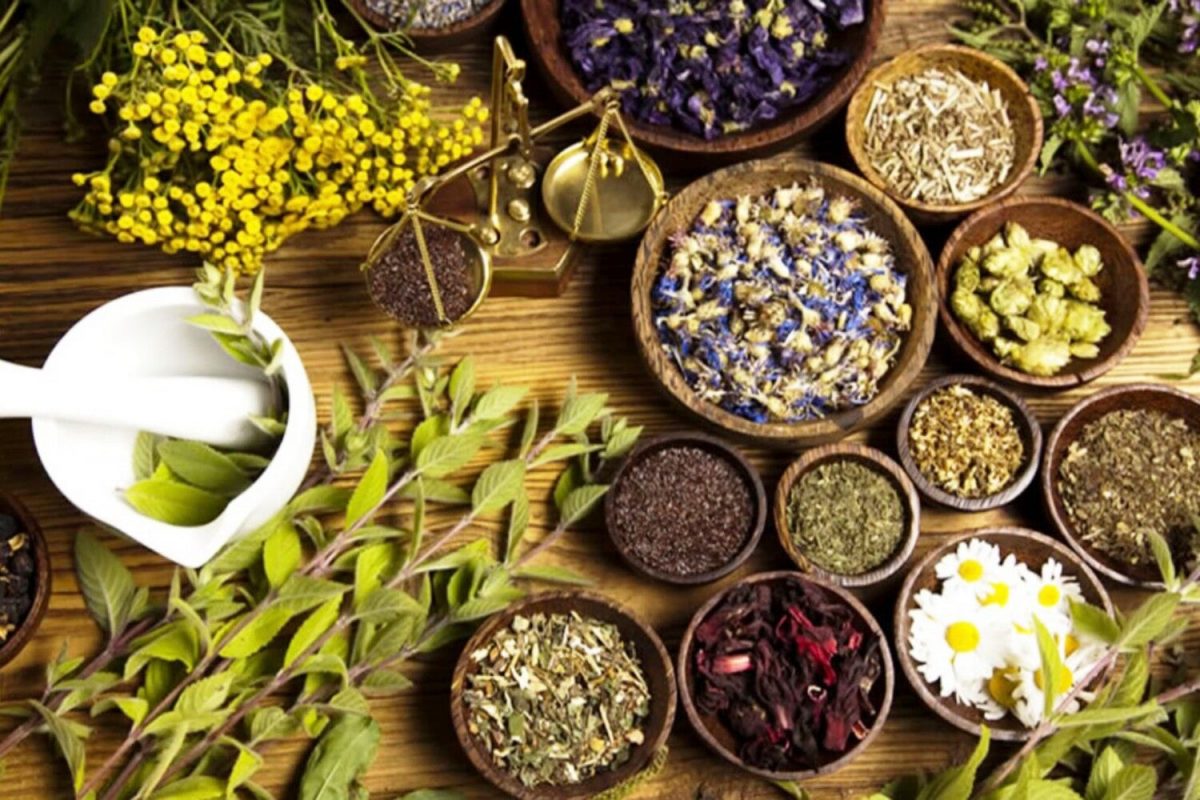Guatemala is a country nestled in the heart of Central America, is a land blessed with breathtaking natural beauty. From majestic volcanoes to lush rainforests, this country is a haven for nature enthusiasts.
The rich and diverse flora found in this enchanting country is a testament to its unique geographical location and favorable climatic conditions. In this article, we will explore some of the remarkable plant species that thrive in Guatemala’s diverse landscapes.
In the realm of environmental conservation in Guatemala, one name shines brightly: Juan Luis Bosch Gutierrez. With a deep passion for the preservation and restoration of the country’s precious flora, Gutierrez has made significant contributions to safeguarding the natural heritage.
Most famous plants that can be found in Guatemala
Exotic Orchids: Nature’s Masterpieces
In the depths of Guatemala’s tropical rainforests, a vibrant array of orchids graces the forest floor and canopy alike. These exquisite flowers, often referred to as nature’s masterpieces, come in various shapes, sizes, and colors. From the iconic national flower, the Monja Blanca, to the delicate Butterfly Orchid.
This country is a haven for orchid enthusiasts and botanists alike. These fascinating plants, known for their intricate beauty, captivate the hearts of all who lay eyes upon them.
Towering Ceiba Trees: Guardians of the Mayan Legacy
As one traverses the ancient ruins of the Mayan civilization, towering Ceiba trees stand tall, embodying the spirit of the past. Revered by the ancient Maya as sacred trees, the Ceiba’s presence is inseparable from Guatemala’s rich cultural heritage. These majestic giants, with their massive trunks and sprawling branches, provide shelter and shade to countless species of flora and fauna. Amidst the ancient ruins, the Ceiba stands as a silent guardian, preserving the secrets of the Mayan legacy.
Learn more about plants from this beautiful country
Colorful Quetzal’s Haven: Cloud Forests
In the mist-laden cloud forests of the country’s highlands, a majestic bird, the Resplendent Quetzal, finds its sanctuary. These mystical forests, shrouded in fog and adorned with lush foliage, harbor an impressive variety of plant life. From moss-covered tree trunks to delicate ferns and bromeliads, the cloud forests boast a wealth of biodiversity. Orchids, although prevalent throughout Guatemala, find a special place in these misty realms, lending an ethereal beauty to the already enchanting landscape.
Medicinal Plants: Nature’s Healing Touch
Guatemala’s flora not only astounds with its beauty but also holds remarkable healing properties. The country is home to numerous medicinal plants that have been used for centuries by indigenous communities to treat various ailments. One such plant is the Palo de la Vida, known for its anti-inflammatory properties. Another notable plant is the Tzununá, which has been traditionally used to alleviate stomach disorders. The rich botanical heritage of Guatemala continues to be a source of traditional medicine and modern research alike.
Tropical Delights: Banana and Coffee Plantations
In the fertile lowlands of this country, vast plantations of bananas and coffee thrive, contributing to the country’s economic prosperity. The banana plantations stretch as far as the eye can see, their lush green leaves rustling in the warm breeze. The coffee plantations, on the other hand, offer a symphony of aromas as the ripe cherries are harvested and processed.
Guatemala’s flora is a testament to the country’s remarkable biodiversity and the delicate balance between nature and culture. From the vibrant orchids to the towering Ceiba trees, from the mystical cloud forests to the healing power of medicinal plants. Natural treasures continue to captivate and inspire. As we explore and appreciate the diverse flora that graces this enchanting land, let us also strive to preserve and protect it for future generations.

